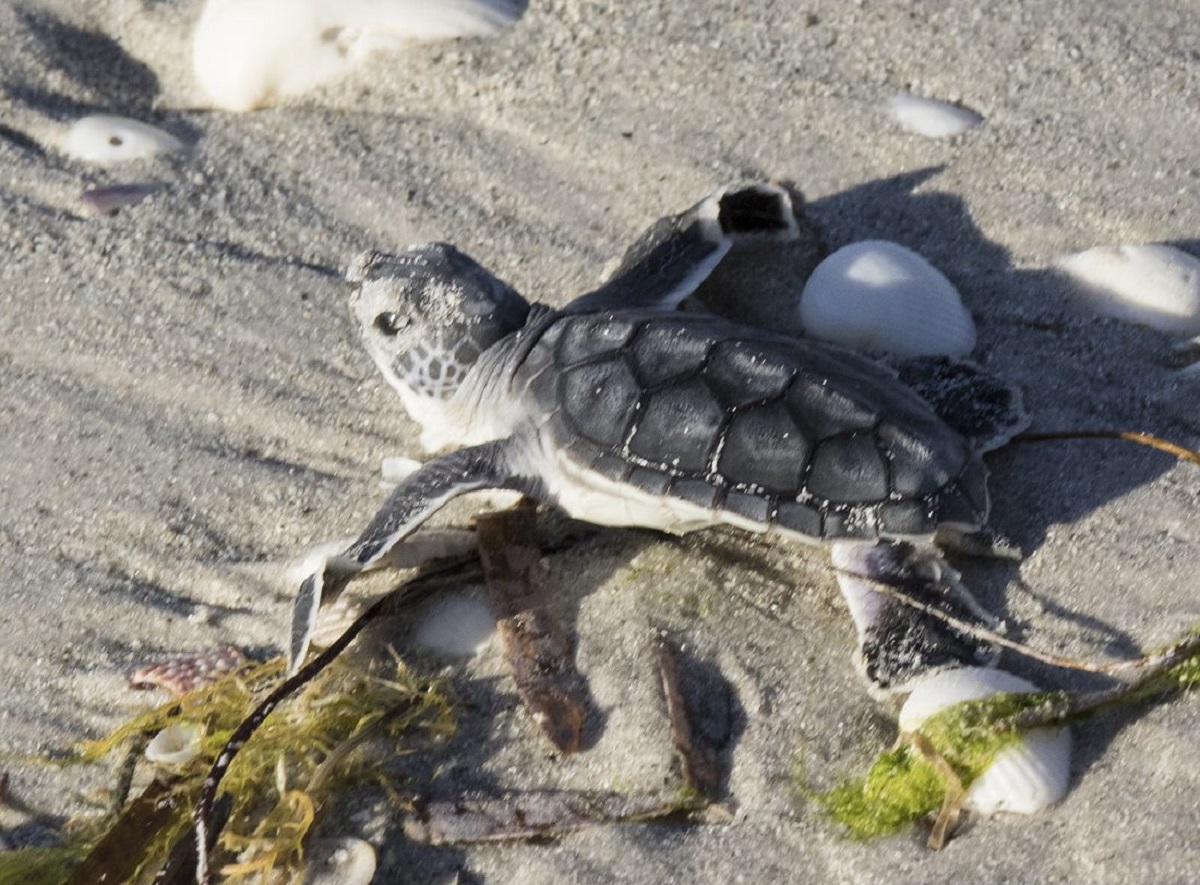
The Sanibel-Captiva Conservation Foundation reported that the 2020 sea turtle nesting season on Sanibel and Captiva ended on Oct. 31 with some truly remarkable results:
- 937 nests
- 78,137 eggs laid
- 33,784 hatchlings emerged
- 364 turtle encounters
- 188 unique individuals
- 139 turtles newly tagged
As for what is next for the coastal wildlife team, under Coastal Wildlife Director Kelly Sloan’s leadership, 593 blood samples taken during nesting season will be analyzed as part of an ongoing sex ratio study. The research project has far-reaching implications for the survival of sea turtles, and the findings may have worldwide relevance for sea turtle conservation efforts.
Unlike humans, the sex of a sea turtle is determined by its incubation environment — primarily nest temperature. Due to increasing temperatures resulting from climate change, a worldwide female-biased sex ratio of sea turtles has already been documented and it appears to be growing. Sea turtles are at risk of unsustainable sex ratios — with females far outnumbering males and threatening reproductive rates — and high egg mortality that would have major implications on the survival of their population.
Rather hopeful data has found that high moisture environments during heavy rainfall years produce more male hatchlings. The SCCF hypothesized that Sanibel may produce higher rates of males due to the amount of groundwater flow under certain parts of the beach, documented by the Marine Lab.


